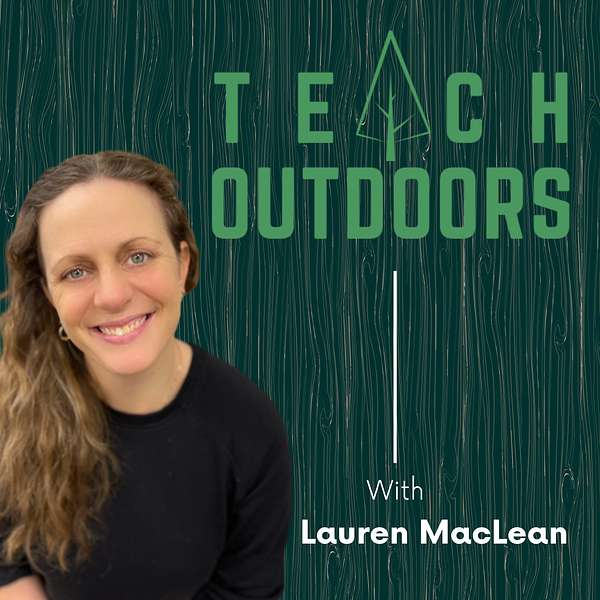
Teach Outdoors
Teach Outdoors
Place-Conscious Learning in Middle Years with Dr. Leyton Schnellert
Place has a history, often we are unconscious of it. It is our responsibility to think about the indigeneity of our place and learn about different perspectives. We can help students develop a sense of responsibility for the land.
Dr. Leyton Schnellert: Twitter @LeytonSchnell Website: https://leytonschnellert.com
Today through zoom, Dr. Leyton Schnellert is joining us to talk about place-concious learning in the middle school years. Leyton is an associate professor in the UBC’s department of curriculum & pedagogy and Eleanor rix professor of rural teacher education. He has been a middle school and secondary school classroom teacher as well as a learning resource teacher for K-12. Leyton has co-authored 7 books, including Student Diversity, Pulling Together, Developing Self-Regulated Learners, and It’s All About Thinking. As a researcher, he has the opportunity to present his work throughout Canada as well as internationally.
When thinking about outdoor learning and place-conscious learning, think to yourself:
What needs to be transformed here?
What needs to be protected here?
What needs to be restored here?
What needs to be created here?
Resources:
Leyton believes that the first resource is place and the second resource are the learners.
Newsella: online researching tool
Nativeland.ca
Mill Bay Nature School
Kootenay boundary inspirational handbook: https://kbee.ca/handbook/
“Nature does not hurry, yet everything is accomplished.” Lao Tzu
“If we want kids to flourish then we need them to love the earth first before we ask them to save it.” David Sobel
Inspirational People:
Kim Ondrik – visiting the bog and investigating community impact on the bog.
Orrin Hawke – SD 5
Biz Tupper and Leslie Leitch: Math Wonder Walks
Morgan Taylor – grade 4/5/6 – collaborative teaching
David Greenweld: environmental education – what needs to be transformed here – what needs to be protected here? What needs to be restored here? Created here?
Novelty Nature Note:
My random nature fact is about Wildlife Trees or decaying trees in the forest and how woodpeckers are “primary cavity nesters” which means they dig out the holes themselves to live in. But the next year they move onto a new decaying tree and dig out another hole. This means that a “secondary cavity nester” can move into their old nest – these are often owls, kestrels, or swallows – so an animal that is unable to dig out their own hole.
Leyton’s Nature Note:
The airport near him in Castlegar is nicknamed ‘cancelgar’, because of the inversions in the air. The birds have to navigate a lot of weather challenges!
He also talks about the forest fires and how that connects to the life cycle of trees.